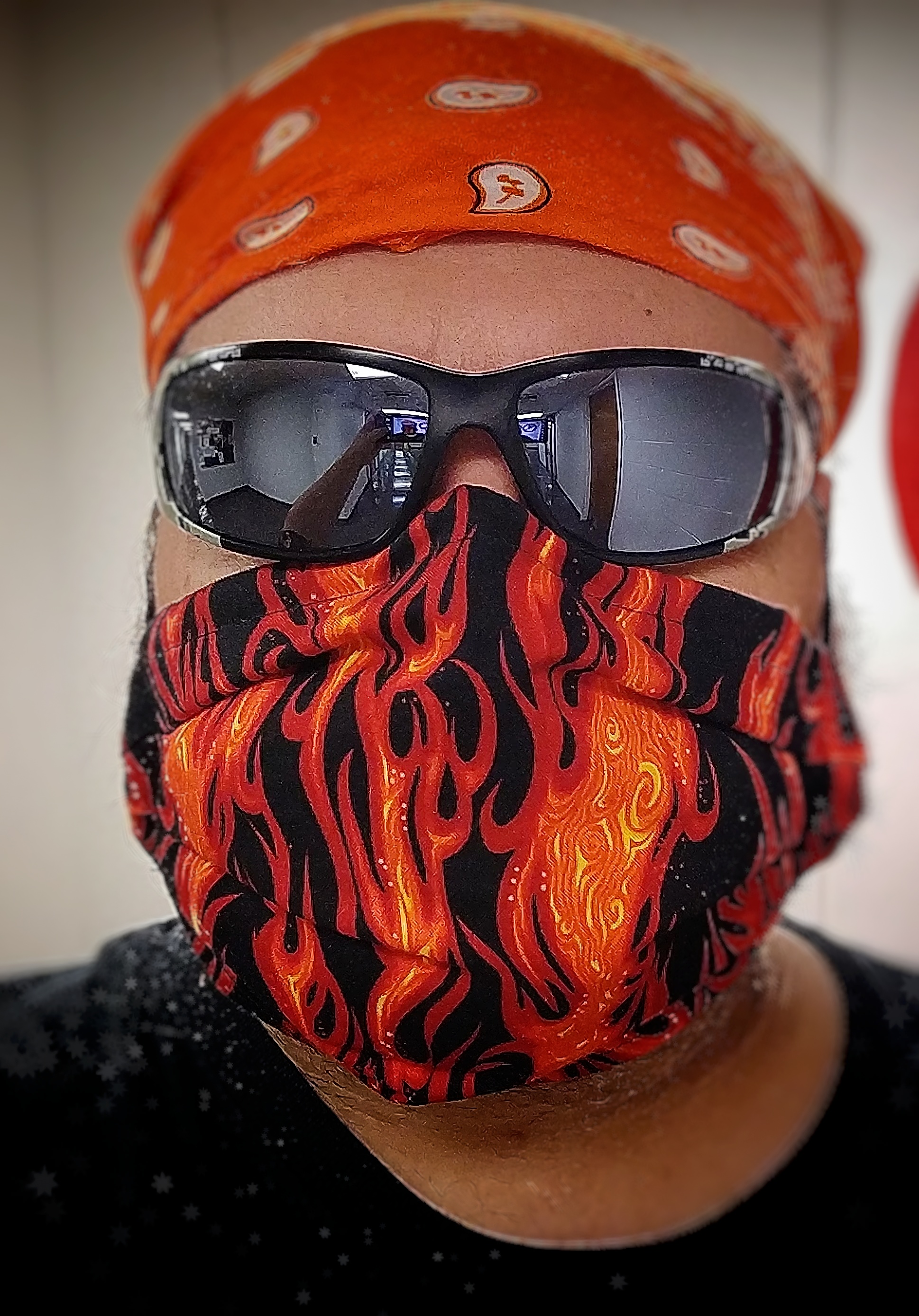

I don’t know this for sure, but if you installed the mobile companion app thru the Store for your platform, then the integration is probably using its push API to reach your device remotely.
I’m >90% sure notification workflows find me even when I am remote and untethered from home when I notify the app on my mobile devices.





I’ve been happy with the GE Enbrighten series, though they do require a neutral wire. I use the Z-Wave models, but I can’t imagine the ZigBee models would work any differently.
Neat feature of the Enbrighten line is they recognize several gestures including short tap, long press, double tap, and I think even triple tap. I configured mine so that short taps on/off toggle the lights between off and 100% on, long press on/off brightens/dims, and double tap on activates the preferred evening lighting scene.
I think Minoston are also a GE product line? Again, Z-Wave, but rated for higher wattage in my case. They also require a neutral wire.
I had a pair of no-neutral ZigBee switches sold as ‘Martin Jerry’ brand, but they were super dodgy. Terrible feel to them, and they made a sort of electrical whine when the fixture was on. I pulled them right out and sent them back.